Discover the elegance and craftsmanship of the Shirasaya Sword, a symbol of simplicity and sophistication in Japanese sword design. Our collection features beautifully handcrafted blades encased in sleek, minimalist wooden scabbards and hilts, perfect for both display and practical use. Each Shirasaya Sword is a masterpiece, reflecting the artistry and dedication of master swordsmiths. Ideal for collectors and enthusiasts alike, our Shirasaya Swords offer a unique blend of tradition and beauty, making them a must-have addition to any samurai sword collection. Experience the allure of the Shirasaya Sword today.
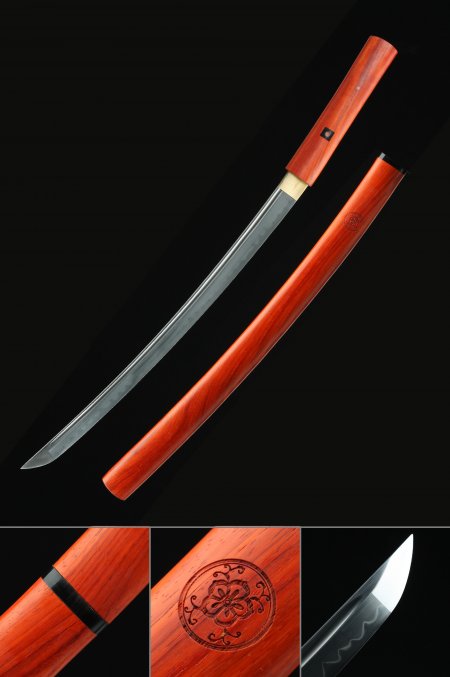
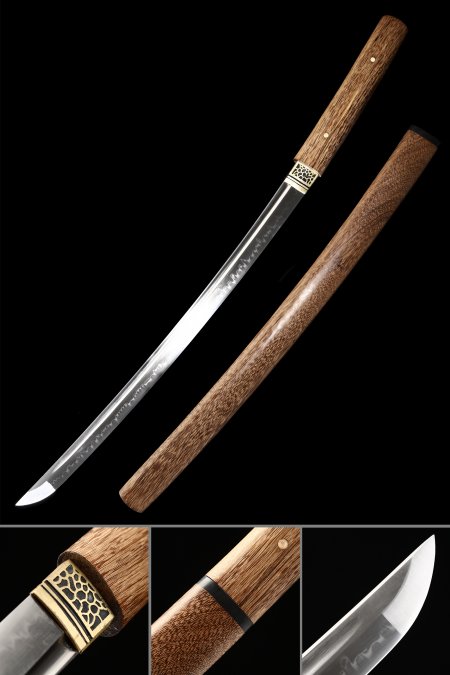
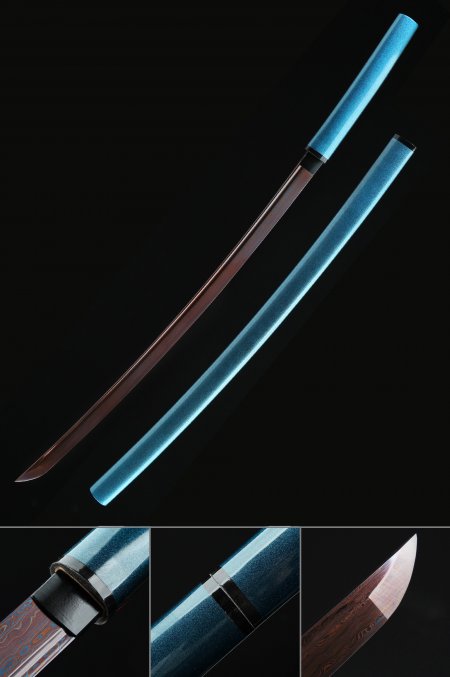
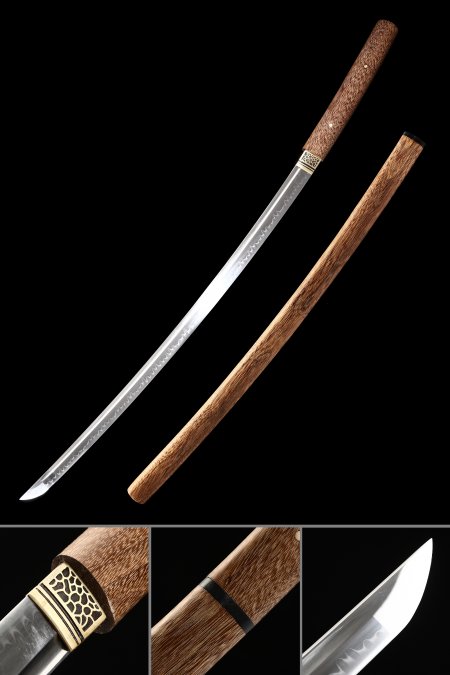
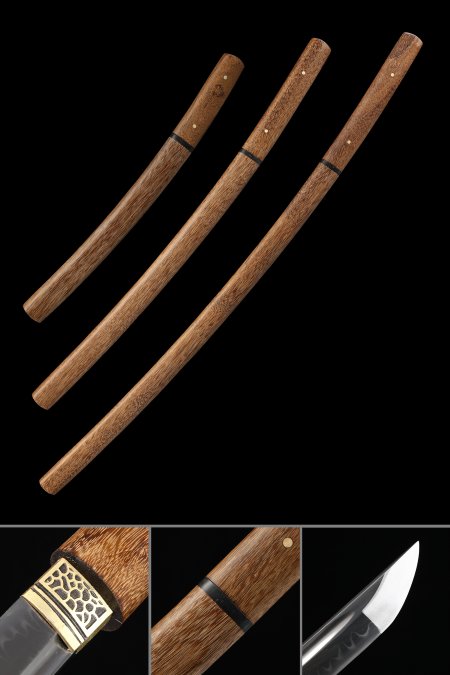
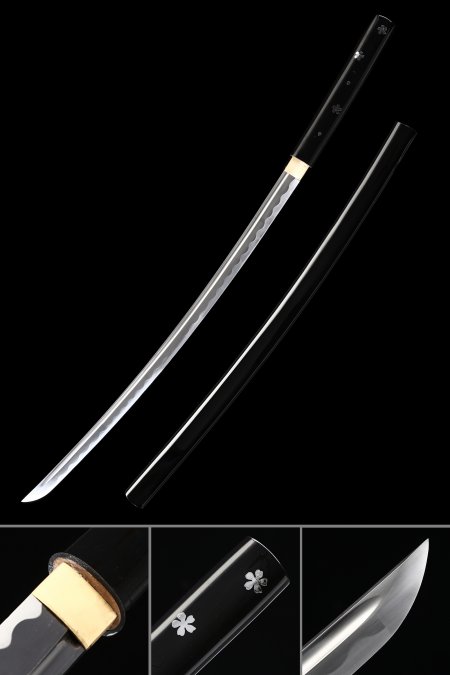
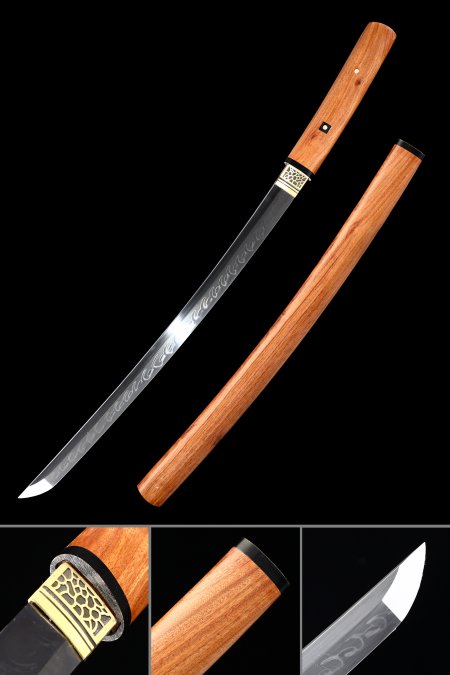
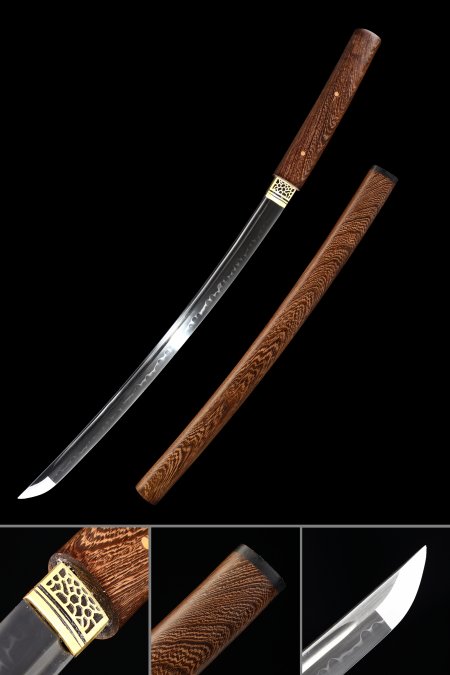
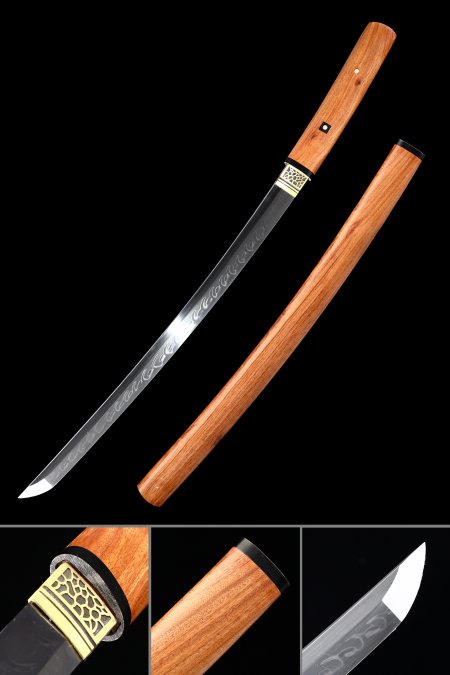
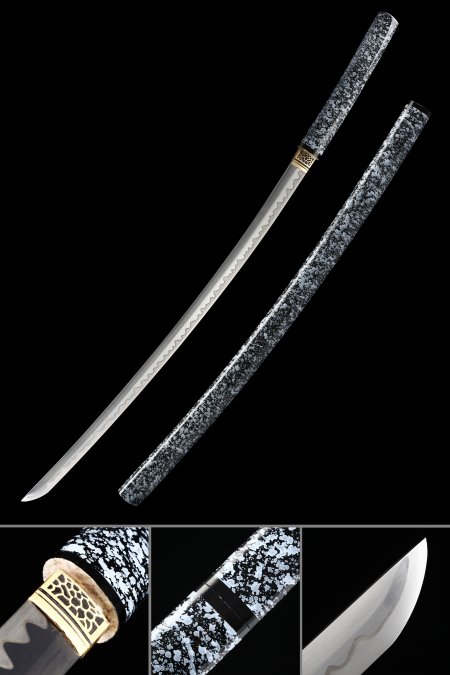
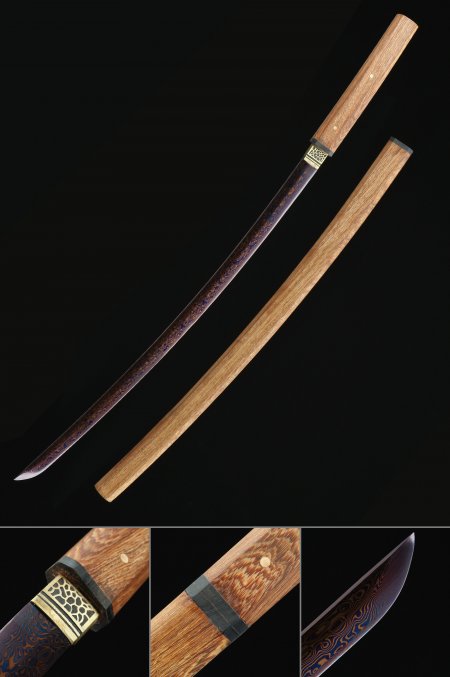
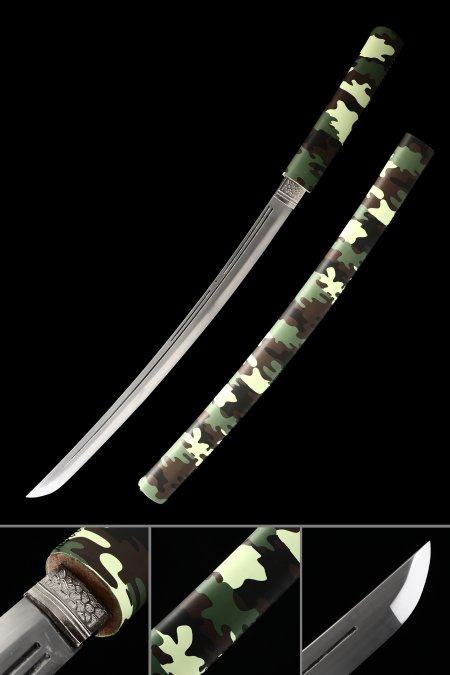
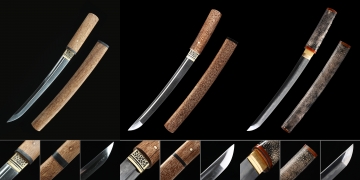
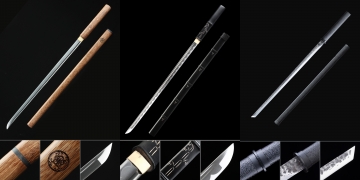
I love the wood looks beautiful .has a great feeling. Price was awseome shipping was awseome. I just can't get the sword out of the sheath .it's like it's swollen. Inside
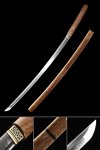 |
Handmade Japanese Shirasaya Katana Sword T10 Carbon Steel Real Hamon Without Tsuba |
Très réactifs, envoi sécurisé, item en parfait état, très bonne qualité. True katana is the best! Merci beaucoup.
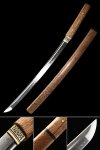 |
Handmade Shirasaya Wakizashi Sword T10 Carbon Steel Without Tsuba |
Nice sword.good quality. I have plans to buy more in the future
 |
Handmade Japanese Shirasaya Katana Sword T10 Carbon Steel Real Hamon Without Tsuba |
Beautiful and well made Shirasaya Wakizashi. Fast delivery to Lithuania
 |
Handmade Shirasaya Wakizashi Sword T10 Carbon Steel Without Tsuba |
Exceptional customer service. There was a minor issue with my order and they went above and beyond to make it right for me. Absolutely rock solid. Oh and the sword is superb on every level.
 |
Handmade Japanese Shirasaya Katana Sword T10 Carbon Steel Real Hamon Without Tsuba |
I was a little skeptical about the quality of the sword. Upon opening the package I could feel the balance of the sword before I unsheathed it. Once unsheathed I was told that impressed l, it felt like an instrument of battle.
 |
Handmade Japanese Shirasaya Katana Sword T10 Carbon Steel Real Hamon Without Tsuba |
Took 6 days for my katana to arrive. Very happy with the fast shipping and packaging. My first ever sword, very grateful for this purchase won’t be my last buy.
 |
Handmade Japanese Shirasaya Katana Sword T10 Carbon Steel Real Hamon Without Tsuba |
I’m very happy with the quality of this, very beautiful and strong example.
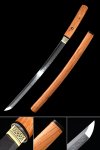 |
Handmade Japanese Shirasaya Katana Sword Damascus Steel Without Tsuba |
This katana is really amazing. Well made and very detailed. Not super heavy but still easy to hold and swing. Definitely will buy from @TrueKatana again!
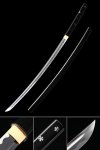 |
Handmade Hattori Hanzo Kill Bill O-ren's Shirasaya Katana Sword |
Sehr zufrieden für den Preis!r
Schärfe(wenn man das so nennen kann) reicht mir nicht, werde ich nacharbeiten! r
Alles in allem schönes Stück...
 |
Handmade Japanese Shirasaya Katana Sword T10 Carbon Steel Real Hamon Without Tsuba |
Excellent Japanese swords. Only one issue & that is the swords fit too tightly in their scabbards. A little hand finishing with a hobby knife at the mouth of the scabbards did the trick. The same was true for the Tanto’s scabbard I purchased earlier. Overall a fine set of swords.
 |
Handmade Shirasaya Wakizashi Sword T10 Carbon Steel Without Tsuba |
This is indeed a beautiful piece of art, but the blade size is significantly smaller than I had anticipated. Nevertheless, I’m still very pleased with it!
 |
Handmade Japanese Shirasaya Katana Sword T10 Carbon Steel Real Hamon Without Tsuba |
I mean, it looks like a sword. Can't tell if it was forged in the fires of Olympus by Hephaestus himself or by some raggedy old dude with a rusty hammer banging pot metal together; but either way it's a sharp piece of metal. It's got a blade that feels sharp and cuts paper, and a pr
oint that's pointy and could definitely poke. Whether or not it could dismember somebody or stab a bear through the face and not break remains to be seen. But one thing is for certain, it can do both of those things at least once. I just hope I never have to leave another review after this one. I would give it five stars but could not in all good conscience simply because it only cost me about $230 something dollars. The only way I could believe this is a genuine article capable of doing the real thing is if it cost quite a bit more. That being said it is a beautiful sword and I am very happy with my purchase. The fact that it looks like a sword is good enough for me and it is a beautiful one at that.
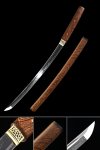 |
Handmade Shirasaya Wakizashi Sword T10 Folded Clay Tempered Steel Full Tang Without Tsuba |
belle lame bien réalisée. Je suis satisfait et j'en ai commandé une autre.r
Meilleures salutations.
 |
Handmade Shirasaya Wakizashi Sword T10 Carbon Steel Without Tsuba |
It wasn't as attractive as it pictured online, and I had to get my husband to remove the blade from the sheath because there was some kind of plastic wrap inside the sheath which made it almost impossible to open. Not particularly pleased with this overall.
 |
Handmade Japanese Shirasaya Katana Sword T10 Carbon Steel Real Hamon Without Tsuba |
The sword is a great addition to the start of my collection.
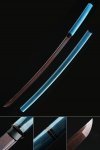 |
Handmade Shirasaya Katana Damascus Steel With Red Blade Without Tsuba |
I Love It The Handling Is Great And It Looks Awesome. r
Will Definitely Be Ordering Again
 |
Handmade Shirasaya Katana Damascus Steel With Red Blade Without Tsuba |
The swords are beautifully designed, crafted with attention to detail, and combine form with function. Shipping was very quick (9 days), and packed appropriately for distance and handling. The Hamon of the blades reflect the years of art and service to the legacy of the warrior. I am impressed.
 |
Real Hamon Japanese Daisho Set Shirasaya Katana, Wakizashi And Tanto Sword Without Tsuba 3 Set |
I have to say this is a great purchase beautiful hamon all the way down the black nice color and great finish on the wood work but the only negative I have on this is the blade is not sharp as advertised and it sticks in the sheath to much but other wise good purchase.
 |
Handmade Shirasaya Wakizashi Sword T10 Carbon Steel Without Tsuba |
Really nice sword with fast shipping...there was an issue that developed and their customer service was quick to respond and offer a fair resolution...very top notch cust. service!!! I will def. be buying more swords from them.......
 |
Handmade Shirasaya Wakizashi Sword T10 Folded Clay Tempered Steel Full Tang Without Tsuba |